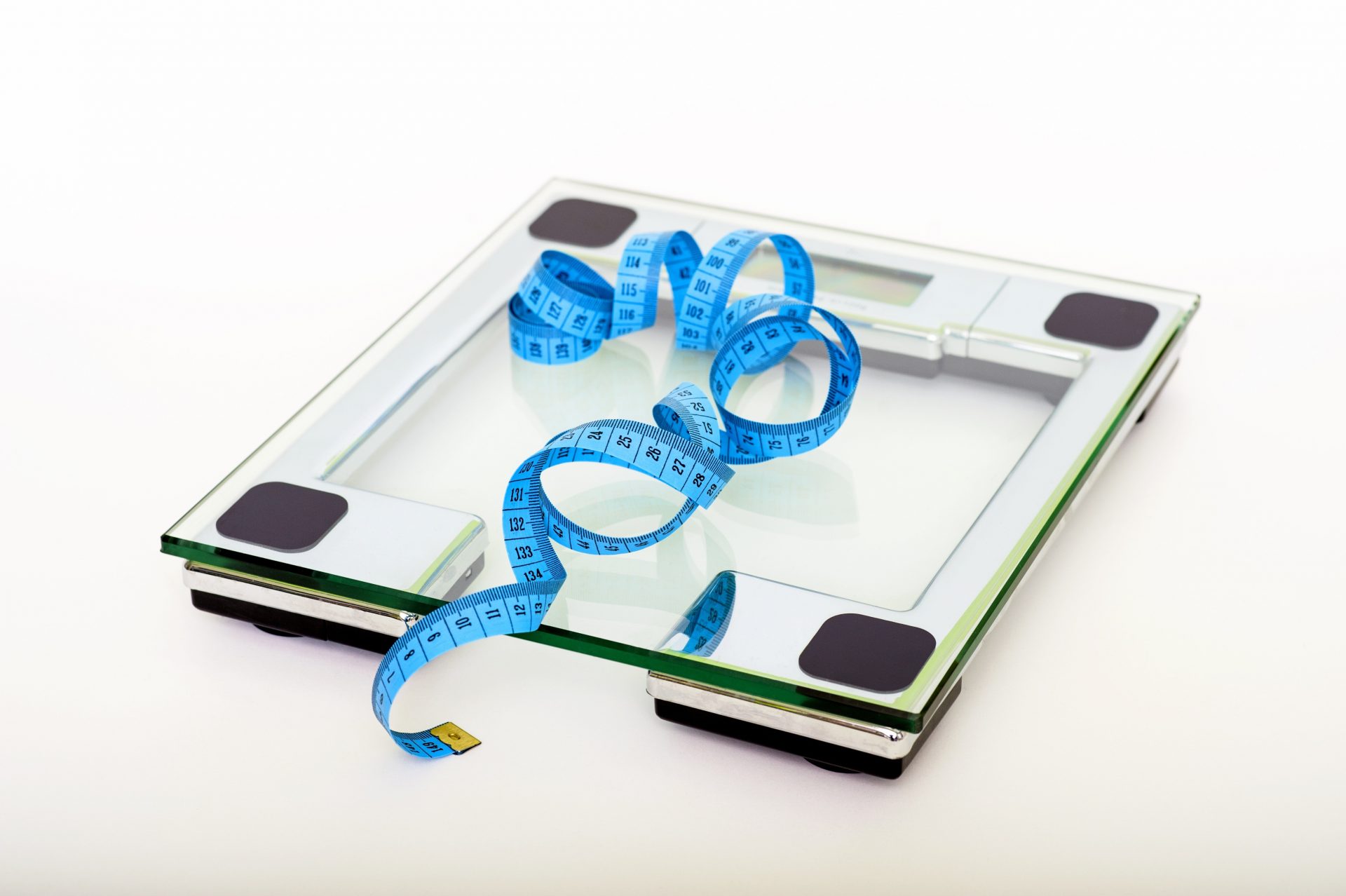The magic number. Whether it be reaching a size 00 (yes that really is a clothing size!), being a millionaire or being a certain age, unfortunately in our modern day life we are exposed to continual messages about the importance of attaining certain numbers. This message is perpetuated by the media and even conventional medicine (when it comes to weight) and before long can trap us all.
One of the parameters that conventional medicine measures GPs on is their recording of patients’ BMI. When we take a moment to acknowledge that most All Blacks are obese according to BMI ranges, the ridiculousness of this measure is obvious. BMI can be a useful guide but it is another example of how society and conventional medicine puts people in a box to label and categorise them and slot them into statistics.
BMI was first described in the 1800s by mathematician Adolphe Quetelet as a measure of weight adjusted for height, in order to assist the government in allocating resources (1). Thankfully there is a caveat in GP guidelines that states that [BMI] should not be used for people aged <18 years, older adults, pregnant women, and very muscular people, e.g. athletes (2).
In the US, size 0 and 00 were created due to ‘vanity sizing’. This is a clothing manufacturer tactic which entails using size labels on clothes that are smaller than the clothes’ actual size. This ‘vanity sizing’ or ‘size inflation’ has led to the clothing industry using lower and lower numbers on clothes. For example, the 2011 size 0 equates to a 2001 size 2. It is also larger than size 6 in 1970 or size 8 in 1958. Size 0 clothing fits measurements of chest-stomach-hips from 30-22-32 inches to 36-28-36 inches (90-71½-90 cm), depending on style and brand of clothing. Size 00 is anything from 0.5 to 2 inches (1 to 5 cm) smaller than size 0.
Multiple articles including this one in the Journal of Consumer Psychology found smaller size labels increases consumer self esteem (3). However, conversely there is increased anxiety with consumers feeling the pressure to attain the perceived ‘ideal size’ of size 0. Examples of the problems of size 0 include the very public deaths of underweight models, secondary to eating disorders.
Thankfully, the fashion industry and the media are also helping by publicising these problems. A case in point is the Madrid and Milan Fashion Week organisers who banned size zero models or those with a body mass index (BMI) of 18 or below, shortly after the death of Luisel Ramos from anorexia in 2006. In 2007 the British Fashion Council created a task force to establish guidelines for the fashion industry around using healthy models. In addition to following similar guidelines Israel’s’ legislation also requires the inclusion of an informational note in adverts using photos manipulated to make models look thinner.
So please remember you are not a number, whether it be on your scales; in your clothing; in your bank balance; or your age. Celebrate your uniqueness and aim for a one size does not fit all approach to your physical (and mental) health.

